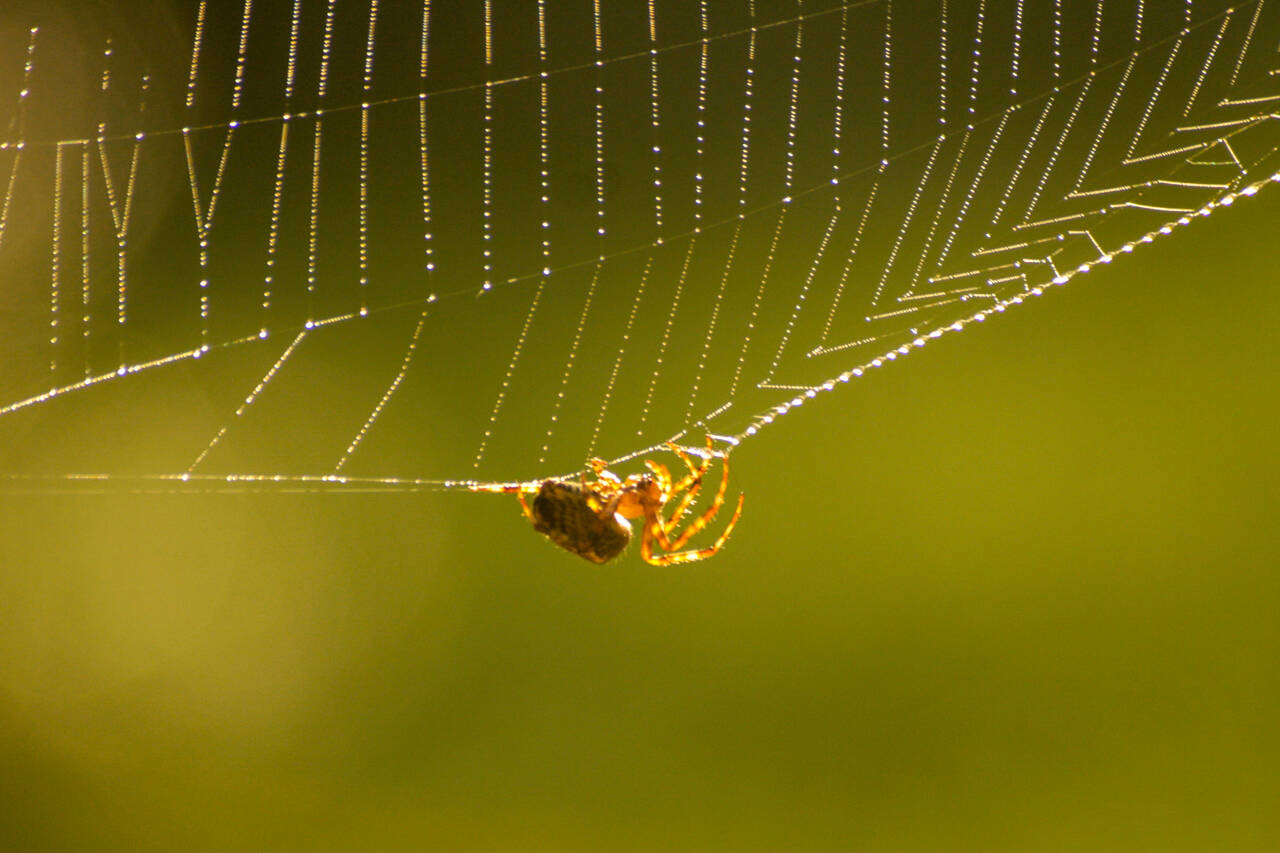Question: How do I know when to harvest the pumpkins I am growing in my garden?
Answer: The ideal time to harvest a pumpkin is when the fruit is fully ripe and the leaves and vines have begun to wither. Pumpkins are fully ripe when they reach the desired color and their skin is hard (i.e., will resist being punctured by your thumbnail when gently pressed). A ripe pumpkin also will make a hollow sound when thumped.
A light frost should not harm your pumpkins, but a hard freeze can damage them. If a hard frost is predicted, harvest your pumpkins even if they are not ripe. If 40-50 percent of the skin has reached the proper color, it is likely that the pumpkin will continue to ripen after harvest and store well. Green and less mature pumpkins, however, will only last a few weeks and will not store.
To harvest your pumpkins, cut them off the vine leaving at least two inches of stem attached to the fruit. Do not break off the stem or carry a pumpkin by the stem.
Handle harvested pumpkins carefully to prevent cuts and bruises and clean the skin with a 10 percent bleach solution. Dry them thoroughly and cure them in a warm location at 70 degrees for 10 days. This curing will further toughen the skin and heal surface cuts. You may notice a cork-like material that grows to cover small gouges to the skin.
After curing, store your pumpkins in an area that is dry, provides good air movement and maintains a relatively constant temperature of between 50-55 degrees. Do not store them on a concrete floor or allow them to touch each other.
Question: My husband and I have a bet. Are there more spiders in the fall than at other times of the year?
Answer: The number of spiders do not increase in the fall. They just become more obvious to us.
Spiders have a seasonal timetable and many spin webs to catch food. They hatch in spring and grow through the summer. By fall they have reached full size. As the spiders get bigger, their webs get bigger and grow more noticeable.
Fall is also mating season for most spiders. The females will try to eat more before they lay their eggs.
As a result, the females build bigger webs at this time of year to catch more food, which again makes them more obvious.
Finally, webs often are more noticeable in the fall because morning dew and mist droplets outline them (see photo).
If you don’t like spiders, don’t kill them. Most are not harmful to humans and they eat garden and household pests such as aphids, beetles, mosquitoes and flies.
To discourage spiders from being close to your home, don’t leave the outdoor lights on for long periods.
Spiders often hangout near outdoor light sources because insects are drawn to lights at night and become easy prey.
If a spider has spun a web in an unwanted location, gently shoo the spider away and remove the web. At first the spider is likely to rebuild the web in the same place. But if you remove the web a few times, the spider will move its web to a new location.
How can you avoid spider encounters? Shake out clothing and shoes before putting them on, particularly if the items have been stored in the garage, a shed or a barn. Inspect firewood, potted plants, and other objects before bringing them inside your house.
Wear protective clothing such as a long-sleeved shirt, pants, gloves and shoes when handling firewood or boxes that have been stored in undisturbed areas around your home. Clear away clutter and vacuum regularly, particularly around door and window frames, behind furniture, and along ceiling and floor edges.
Michele Mangiantini and Jeanette Stehr-Green are WSU-certified Clallam County Master Gardeners.



